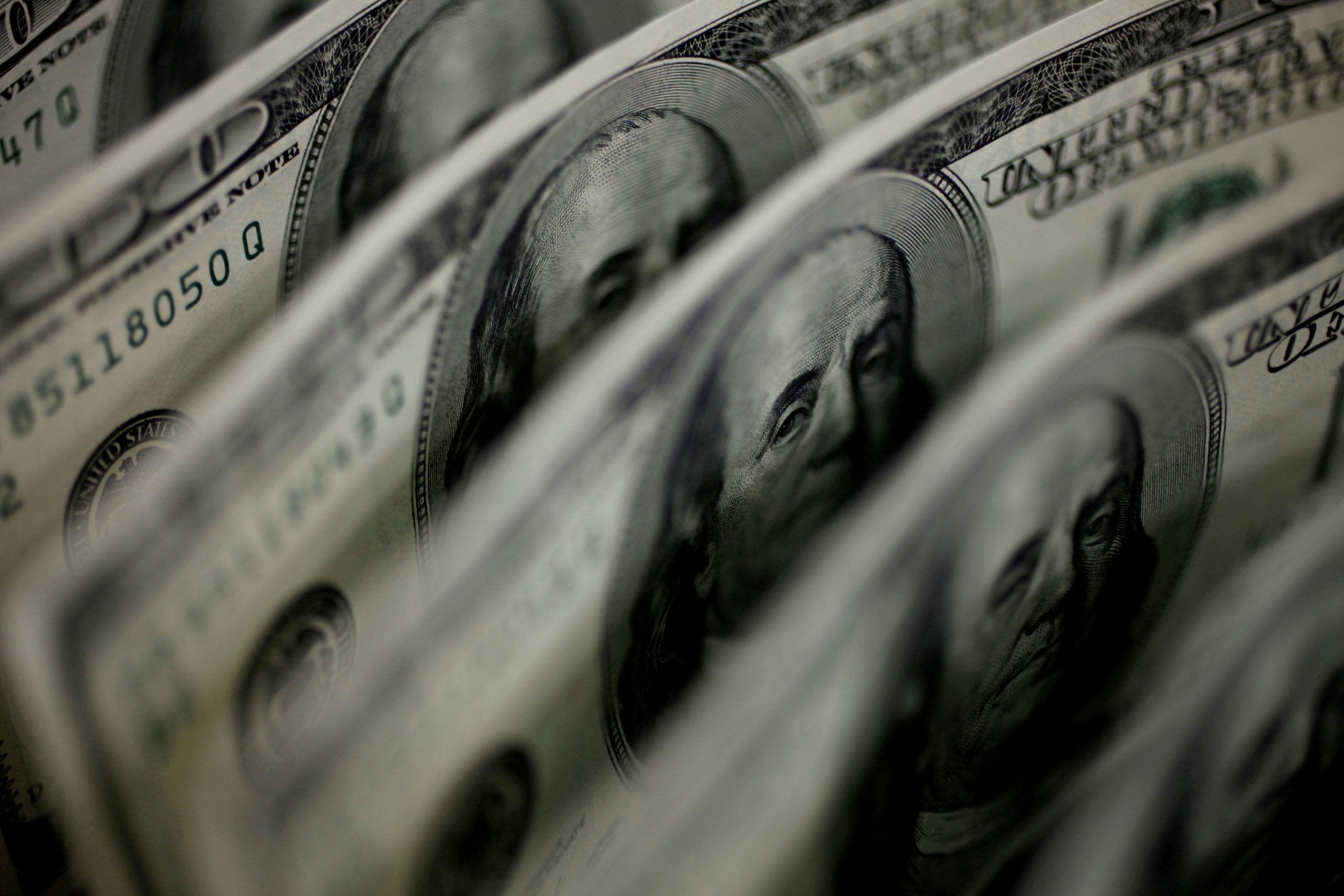
Justin Bullock, FISM News
[elfsight_social_share_buttons id=”1″]
Inflation is increasingly at the forefront of concerns for politicians and an increasing number of Americans. Beginning in 2008, the US Federal Government has dramatically, increased the rate of spending as well as printing of money in order to address the various economic challenges our country has faced. The COVID-19 pandemic has only accelerated this behavior in the different economic relief bills numbering in the trillions of dollars. Stephen Culp at Reuters reported that “[t]he dollar dipped on Tuesday for the fourth straight session, reaching its lowest level against a basket of currencies since late February.”
As a result, Kristin Tate at The Hill reports,
Over the past year, food prices are up 3.5 percent, with eggs and meat up by over 5 percent; gas is up 22 percent and is expected to get even higher by this summer; lumber is up 250 percent; new home prices are up $36,000, with overall housing up 11 percent; and new cars are up 9 percent, the highest in 68 years. In April, 13 percent of new car buyers paid more than the sticker price. Other goods — household items, baby care and general merchandise — are already up between 5.2 and 7.2 percent from this time last year. The cost of eating out shot up by 3.7 percent over the past year, and some takeout specials such as chicken wings have nearly doubled. Coffee futures are up 24 percent since October. Even growing your own food has surged in price, with the cost of seeds and potted plants jumping by 10.5 percent… Microchip prices are up by 25 percent over the last year… Corn prices have nearly doubled since the start of the pandemic and reached a 13-year high. Along with corn, food prices are buoyed by a 59 percent increase in pork, 23 percent spike in soybean costs, and 21 percent increase in wheat prices.
What this means is that monetary inflation is on the rise for the US dollar, with all signs indicating that this trend is only beginning. President Joe Biden has indicated a desire to continue printing money in his championing of his $2 trillion infrastructure bill as well as $1.8 trillion in new social spending. All-in-all, President Biden has requested an approximate 16% increase in the US budget for domestic spending as reported by Caitlin Emma at Politico.
President Biden’s economic policy resembles that found in FDR’s great economic restructuring of the United States in the New Deal in the 1930s. Many economists are expressing concerns that this economic policy making is both unnecessary and irresponsible given the modern economic context and variables. Unless he quickly becomes more conscientious with the American budget, Biden’s free spending seems doomed to spur on hyper inflation, which could directly result in a recession.
